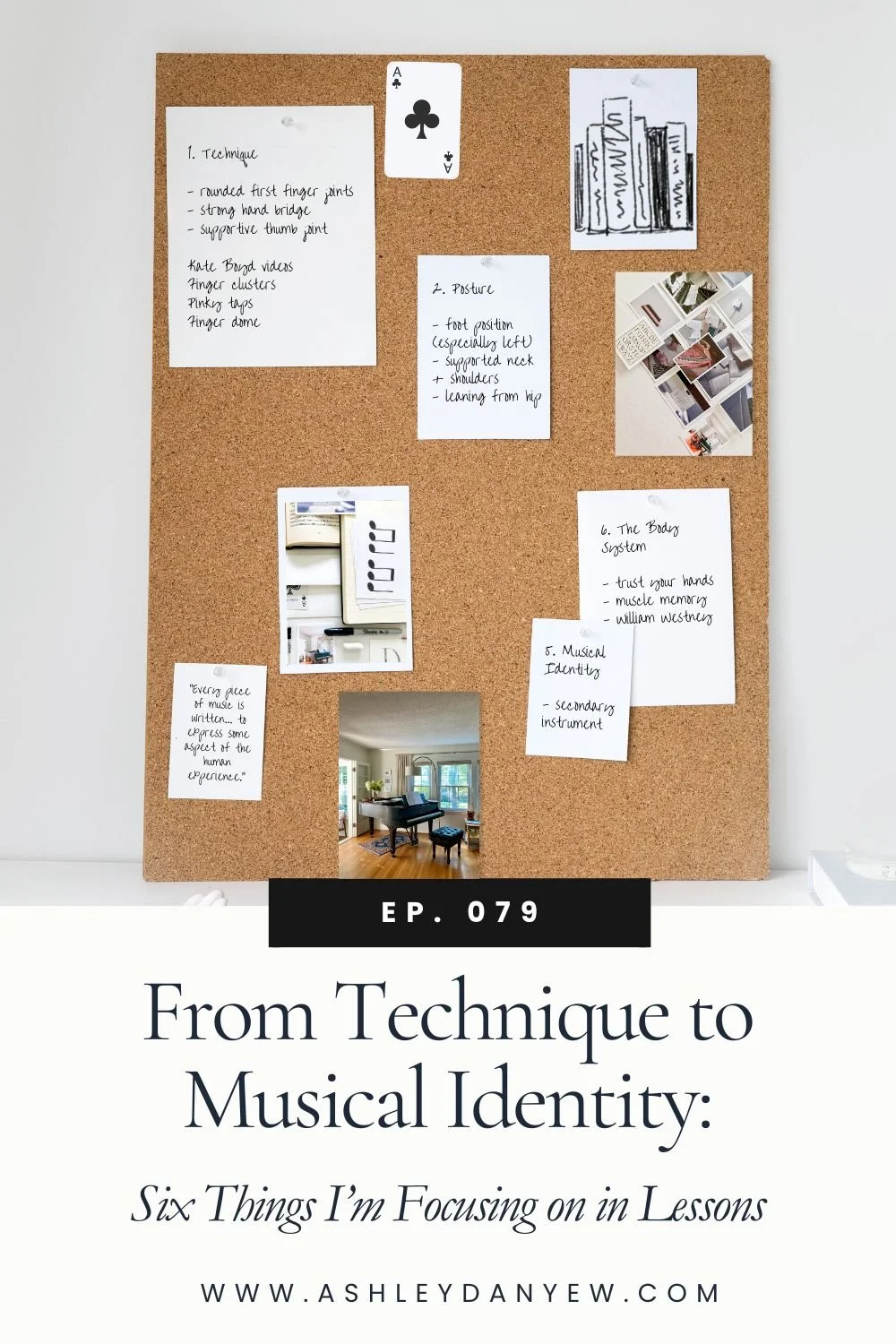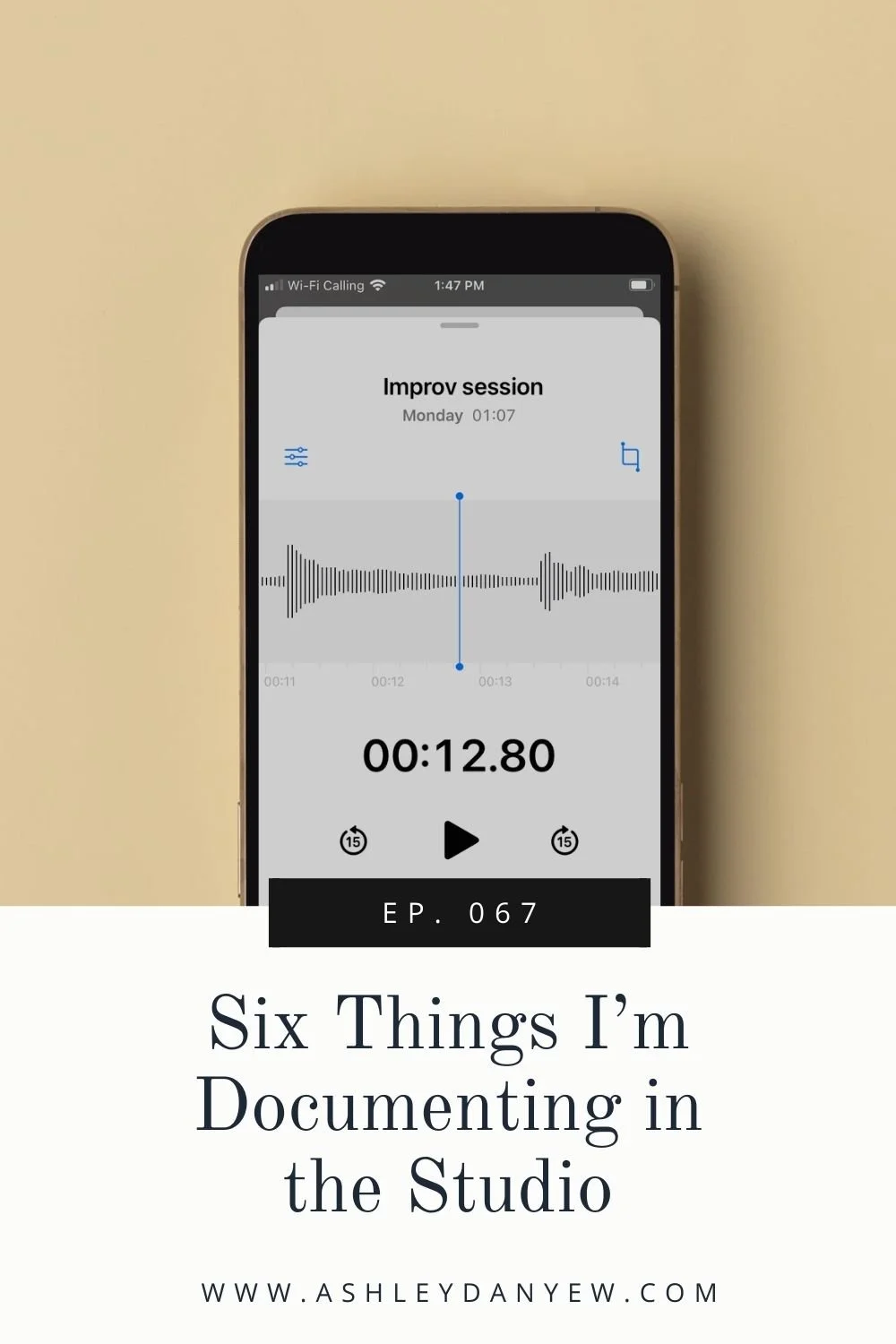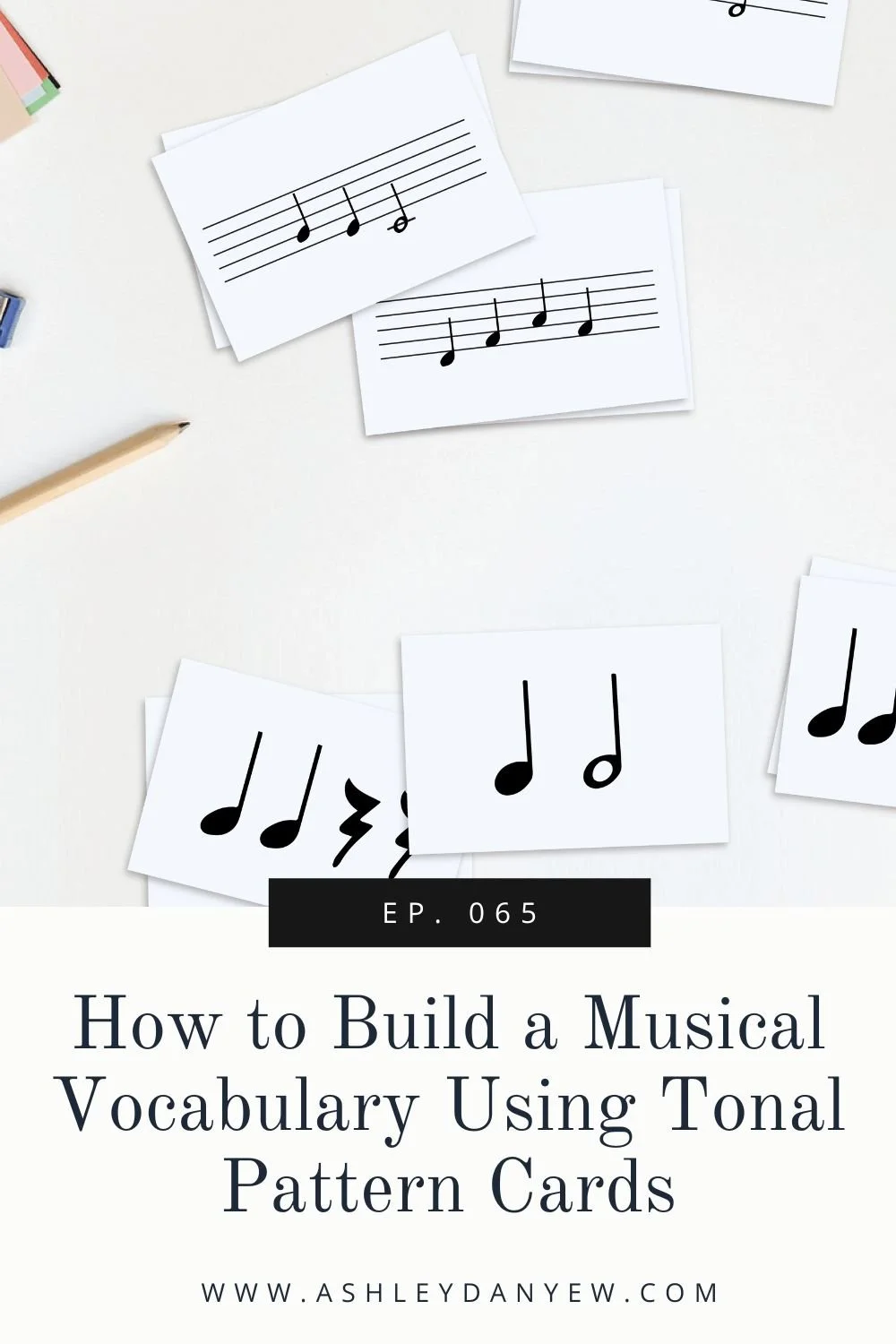Resources Mentioned
Think about some of the great teachers you’ve observed or had the pleasure of working with throughout your life. What made them great? What separates them in your mind from other teachers you’ve had?
One thing that I’ve noticed is that exceptional teachers have an innate ability to inspire and motivate those they teach. Their focus is not on the content or the curriculum or the goals that they’ve set for the year, but rather on the individual learner—where they are and what’s important to them. Finding a way to connect on that kind of a personal level and inspire them to work hard and do their best, fosters a sense of curiosity and a desire to learn and grow and improve.
Now, this is something that may take a little time to develop, but I believe anyone can learn to do this and be this kind of teacher. We can all learn new ways to inspire and motivate those we teach.
Today, I’m sharing three helpful strategies—three ways to help your students or choir members grow and reach their full potential.
3 Ways to Inspire and Motivate Those You Teach
If you’ve been teaching for a while, you know that there’s not a one-size-fits-all approach. You might be able to develop some strategies that give you a framework for teaching and save you some planning time each year, you might have a set of processes that you’ve found to be efficient and effective for teaching and learning, but one variable we can’t control is who we’re teaching.
The fact of the matter is that we work with people—young, old, small groups, large groups, one on one, whatever your situation looks like, we all work with people. And people... change.
Even if you work with the same group of people from one year to the next, people change. Dynamics change. Life happens. We’re all living in a world that’s constantly changing. Change is unavoidable.
As such, it’s important to constantly check in on those systems and processes you’ve set up to see how they’re working and where there may be room for improvement or change.
When it comes to inspiring and motivating others, this is one area we can come back to over and over again and still find new ways to reach people, to connect with people, to engage and encourage and support people in the learning process. You might find, if you work with more than one person, that you have several different approaches that you use, as one might be more effective for a certain type of person than another.
Here are three helpful strategies you might try in your teaching this year:
1. Listen and Observe
This has been one of my goals (personally and professionally) on and off for the last few years because I feel like there’s always room for improvement here. We can all learn how to be better listeners, how to pay attention to the people around us, to develop an awareness and understanding of where they are, what they know, and how we might be able to help.
So, some strategies for this: ask questions and really listen to the answers that you get. This will help you gain insight and develop a deeper understanding. Don’t think about what to say back as they’re talking (I’m totally guilty of this); instead, focus on listening. You’re simply taking in information and you’ll have time to process it and form a response later.
Related post: On Becoming a Better Listener
Another idea is to model something and really listen closely to the response that you get back. What do you hear? What do you see? Take a moment to breathe, maybe close your eyes to strengthen your other senses and evaluate what you experience in the response.
Finally, provide opportunities every so often for self-reflection and self-evaluation. One strategy I’ve used before is to hand out index cards:
On one side, write, “Something I learned” at the top and on the other side write, “Something I’m still struggling with” or, depending on the age of the people you’re working with, you might have a statement like, “Something I didn't understand” or “Something I have a question about.”
This is a quick, easy way to get feedback and to assess where people are, what they understand, what they don’t understand. You could distribute these at the end of your choir rehearsal or music class or do it one-on-one with each student in your studio at the end of their lesson one week.
Another quick way to assess learning and understanding is to ask your students to give you a quick thumbs-up rating scale. My students will show thumbs-up for things they feel confident in or for things they thought went well, a sideways thumb for things that are so-so, and a thumbs down for things that were challenging or that they felt were too hard.
Again, this is a very quick, easy way to gather information on where people are and adjust your teaching to meet them at that level.
So, number one is to listen and observe.
2. Connect
Look for ways to learn about your students and choir members. Learn about their families.
Attend events or things they’re involved in.
Ask how their week is going and be present for their response.
Take that extra step to get to know them better and learn about what’s important to them.
Create space for them to share things about their day or their life and in return, share parts of your own life.
Be relatable. This will help you tailor your instruction to the individual, to personalize your approach. You’ll be able to give better analogies and connect music-learning to things they know and understand. This will also help you break things down and present new musical skills and concepts in multiple ways that connect with multiple ways of learning: visual, auditory, kinesthetic.
By taking the time to get to know those you teach on a deeper level, you’ll be able to teach them more effectively.
3. Encourage
As teachers, it’s important to remember that everyone is different.
We all have different motivations, skills, experiences, values, etc. When it comes to those you teach, it's important to work at their pace sometimes, to meet them where they are. Sometimes this means abandoning your own plans or goals for learning and reevaluating, reassessing what’s attainable for this particular person at this particular time.
Be supportive and understanding, but gently challenge them to always do their best work—to be fully engaged and focused on the task at hand, to try their best and not give up on themselves. Offer positive feedback when you can, use praise and encouragement to motivate them in a positive way, and use words of affirmation to build them up and help them take the next step.
When it comes to praise and encouragement, try to be as specific as possible, both in regards to the given situation or whatever you’re asking them to do and to the individual themselves.
What’s meaningful to them?
What are their strengths?
What challenges are they working to overcome?
When you see them find success, encourage them by talking about the challenge they faced and the skill and mental focus and will to keep trying that they used to overcome it. Praise the effort, not their intelligence (e.g. “I know how much you practiced that tricky rhythm and your hard work really paid off!” vs. “You got that tricky rhythm—you are so smart!”)
I wrote a whole blog post last year about ways to praise and how to use words that inspire, encourage, and motivate.
So, to recap, today we talked about three ways to inspire and motivate those you teach.
Listen and Observe: understanding where they’re at and what they know.
Connect: learning about each person and what’s important to them, being relatable, and tailoring your instruction to the individual.
Encourage: being supportive, kind, and affirming.






































